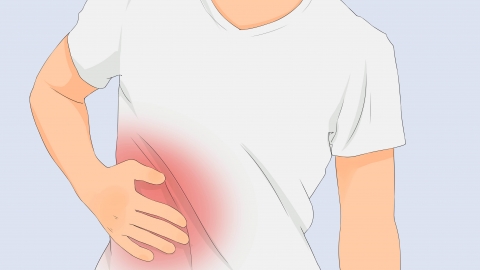Is a 10mm gallstone severe?
Generally, the severity of a 10mm gallstone depends on whether symptoms are present. A 10mm gallstone without symptoms is usually not considered serious and only requires regular monitoring; however, a 10mm gallstone that causes symptoms or complications is more serious and needs timely intervention. The detailed analysis is as follows:

If a 10mm gallstone does not cause any discomfort—such as right upper abdominal pain, nausea, vomiting, etc.—and imaging shows normal gallbladder function without inflammation, it is generally not considered severe. Such stones typically do not significantly affect health, and only require an ultrasound check-up every 6–12 months to monitor stone size and gallbladder condition, with no immediate treatment needed.
When a 10mm gallstone causes recurrent right upper abdominal pain, colic, or complications such as cholecystitis or bile duct obstruction, the condition is more serious. A 10mm stone may block the cystic duct, worsen inflammation, and even lead to more dangerous biliary tract problems. Without timely treatment, the condition may recur or deteriorate, affecting daily life.
In daily care, maintain a low-fat diet, avoid fried foods and fatty meats, and reduce the risk of gallbladder contractions that could trigger discomfort. At the same time, strictly follow the recommended follow-up schedule to monitor disease progression.




